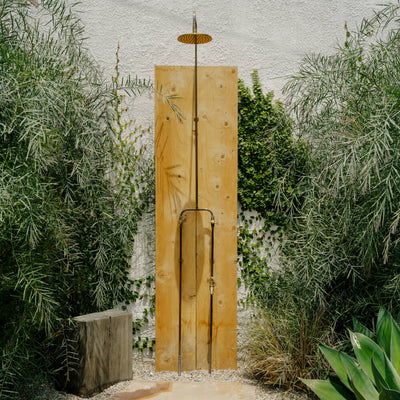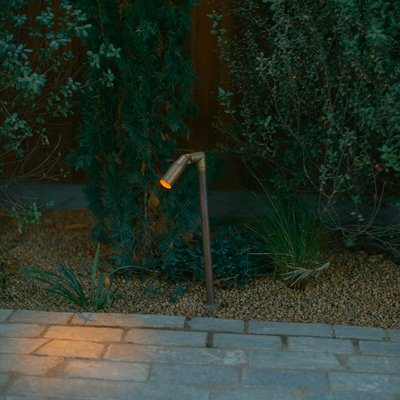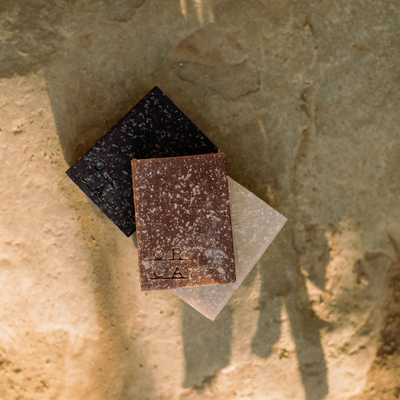Plants +
People
A study of the symbiotic relationship between
humans and the gardens they tend to.
We are pleased to introduce a special edition of Plants + People conversations—each captured last autumn while traveling across Japan, and featuring a trio of individuals who uniquely embody the tenets of Japanese gardening in practice and philosophy.

zenjiro hashimoto
010 zenjiro hashimoto
location: hotel tou + notable public gardens of kyoto
region: kyoto
plant community: theaceae, ericaceae
photography: justin chung

“I design and create gardens to tell a story,” begins Zenjiro Hashimoto. A self-described “landscape artisan,” Hashimoto’s Fukuyama-shi practice, Landscape Niwatan, is centered around tending to (or helping shape) the stories told through gardens and our relationship with the elemental. Spanning hotels to tea ceremonies, restaurant courtyards to family homes, Hashimoto's wide-ranging work comes together in its consideration of the myriad ways a connection to the outdoors quietly enriches the quality of our daily lives.
Be it in reviving time-honored customs (i.e. a Hashimoto condominium designed in response to the Japanese tradition of 'Idobata,' a place where people naturally gather) or musing on the possibilities of material (i.e. seeing glass as both an agent of invisibility and reflection), Hashimoto’s attention to nuance is quietly cinematic. He works like a conductor, deliberately amplifying and adjusting as he goes to integrate plant life into the spaces where we live, work, and come together. All told, to witness the end result of a Hashimoto site is an experience at once magnificently choreographed and intuitively grounded.
Read on for a conversation with Hashimoto and his contemplations on purposeful emptiness; acting as a translator of nature; and a profoundly transformative view from the Seto Inland Sea.

What is your first or earliest memory of being in a garden?
I design and create gardens to tell a story.
When I was two years old, I fell down from the second-floor window of my house. I was saved by the branch of a tree in the garden. When I was 15, the topic of cutting the tree came up; I wanted to save it because it had saved my life. But the gardener said, ”It’s better to cut off this old tree and buy a new one. It’s worthless to keep it!” In the end, the tree stayed in our garden…but I still remembered what he said about the tree, which made me so upset.
Five years later, I started working as a gardener. Destiny led me to name my company 庭譚 niwatan, or, ‘A story of the garden,’ knowing that—just like I do—every family has a memory or a story of their own garden.


“The Japanese garden tradition is "space,” (or: Nothingness with the awareness that there is something happening in that nothingness).”
Zenjiro Hashimoto

Can you share more about your relationship to planning and preparing your garden throughout the year?
Garden construction: All year round (except for planting from July to September)
Maintenance work:
January-February: Fertilization
June: Spring pruning
November: Autumn pruning
What’s currently thriving in your garden?
All of our grasses, sycamores, and oaks are full and green right now. My wisteria, roses, and citrus are blooming as well, which gives my garden a complete spring feeling.
Do you have any garden traditions that you’ve inherited or learned and plan to pass on?
The Japanese garden tradition is "space,” (or: Nothingness with the awareness that there is something happening in that nothingness). We value this and translate it in an easy-to-understand manner to suit people's lives today.



What is your favorite cultivar to work with?
Japanese Pine Tree.
What does it mean to you to feel "planted"?
Plants alone have no special meaning; they are one of the elements used to create spaces.
What does your planning process look like?
1. Read the atmosphere of the land through a field survey (including the position of the sun and moon).
2. Learn more about the architecture (purpose of room, position of windows, relationship with surrounding environment).
3. Find out the client's interests and hobbies.
4. Image sketch.
5. Ground plan.
6. Detailed design.

gardenia jasminoides
(cape jasmine)
Gardenia jasminoides or Cape jasmine is a large evergreen shrub with thick dark green leaves and fragrant white flowers. This plant blooms in late spring to early summer in cooler climates.


How do you fully realize a vision when working with something so alive and in flux; how do you consider a garden "complete"?
Respect nature, leave it to nature, and control it with technology. A garden is something that changes shape. The overall balance is adjusted depending on the condition and growth of the plant. There is no completion, but no two images are the same. Value increases with growth. Always a once-in-a-lifetime chance.
Beyond plants, what are other parts of the garden that you like to use?
Materials: stone, gravel, iron, acrylic, wood, fallen leaves, chips.
Settings: mountain streams, waterfalls, ponds, benches, fences, walkways, terraces, arbor, lighting.


camellia sinensis
(tea plant)
Camellia sinensis is a species of evergreen shrub or small tree in the flowering plant family Theaceae. Its leaves, leaf buds, and stems can be used to produce tea. It is an evergreen shrub or small tree that is usually trimmed to below seven feet when cultivated for its leaves. The flowers are yellow-white with seven or eight petals.

acorus gramineus
(japanese sweet flag)
Acorus gramineus, commonly known as Japanese sweet flag, is a botanical species belonging to the genus Acorus, native to Japan, Korea, and eastern Asia. The plant usually grows in wetlands and shallow water. This shrubby plant's long, narrow, slightly curved leaves may grow to one foot in height.

What formal principles of arrangement or design do you follow, if any?
We do not [follow any formal principles] but learn from the local nature.
How can we each increase our garden literacy? Is there some wisdom you can share about how you've learned to look at, interact, and engage differently – more presently – with our natural and built environments?
We need to decipher the power of nature and translate it in an easy-to-understand manner for the general public. For this reason, as a business that deals with nature, we must abandon human ego. We should respect nature 100% and find a way to coexist with it.
What garden in the world is your favorite?
View of the Seto Inland Sea.
Describe some of your favorite sensorial details amid a garden.
The moon and the sun, light and shadow, the sound of water, the sound of the wind, the color of the sky, all layered.
dryopteris erythrosora
(autumn fern)
Dryopteris erythrosora or Autumn fern is an arching, evergreen (semi-evergreen in cold winter climates) fern that grows in a vase-shaped clump to 2' tall and as wide. Its common name 'Brilliance Autumn Fern' refers to the orange color of the newly emerging fronds which seem to glow against the backdrop of the shiny, dark green, mature fronds.

polytrichum commune
(hair-cap moss)
Polytrichum commune or Hair-cap moss is a species of moss found in many regions with high humidity and rainfall. The species can be quite tall for a moss with stems often exceeding one foot. It is dark green in color, but becomes brownish with age. The stems can occur in either loose or quite dense tufts, often forming extensive colonies


aspidistra elatior
(cast iron plant)
Aspidistra elatior is a hardy plant native to the forest floors of Japan and Taiwan. Cast iron plants are evergreen but some varieties may become deciduous in colder temps.These hardy plants can grow up to three feet tall and are known for their ability to survive with low light and poor soil.

podocarpus macrophyllus
(fern pine)
Podocarpus macrophyllus is a conifer in the genus Podocarpus, family Podocarpaceae. It is the northernmost species of the genus, native to southern Japan and southern and eastern China. It is a small to medium-sized evergreen tree, reaching 66 feet tall. The leaves are strap-shaped, 2-5 inches long.


pieris japonica
(japanese andromeda)
Pieris japonica, the Japanese andromeda, is a species of flowering plant in the heath family Ericaceae. It is native to Japan, eastern China, and Taiwan, where it grows in mountain thickets. The leaves open bronze or red in some cultivars, turning green. The trusses of small urn-shaped flowers are white or pink, appearing early in spring.



pinus thunbergi
(japanese black pine)
Pinus thunbergii or Japanese black pine is a pine tree native to coastal areas of Japan. Black pines can reach 130 feet high. The bark is gray on young trees with small branches, changing to black and plated on larger branches with the trunk becoming thick on older trunks.









